April 30, 2015
Many UK SMEs are falling short on green credentials, claims report 0
 Many British small and medium sized businesses are putting their competitiveness and reputation at risk because they are not doing enough to improve their environmental credentials, according to a new report from Lloyds Bank Commercial Banking. The findings show that one in five (19 percent) of the firms surveyed for the study accept they are not doing enough to take on environmentally responsible practices and that although a quarter (25 percent) of SMEs say green issues are a top three priority for the year, the vast majority (71 percent) admit they do not understand the positive impact environmental responsibility can bring. The report also highlights the mismatch in perceptions of environmental issues between those who have successfully implemented green policies and those yet to do so.
Many British small and medium sized businesses are putting their competitiveness and reputation at risk because they are not doing enough to improve their environmental credentials, according to a new report from Lloyds Bank Commercial Banking. The findings show that one in five (19 percent) of the firms surveyed for the study accept they are not doing enough to take on environmentally responsible practices and that although a quarter (25 percent) of SMEs say green issues are a top three priority for the year, the vast majority (71 percent) admit they do not understand the positive impact environmental responsibility can bring. The report also highlights the mismatch in perceptions of environmental issues between those who have successfully implemented green policies and those yet to do so.






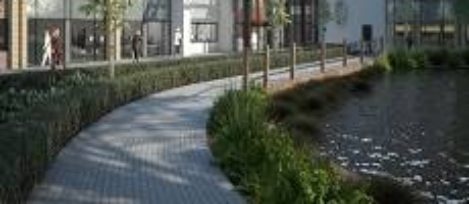
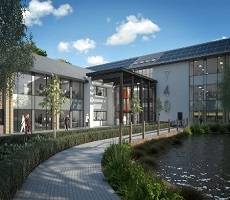
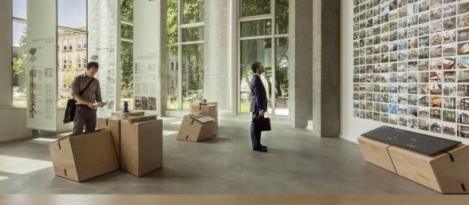
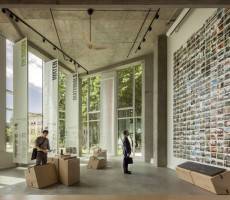
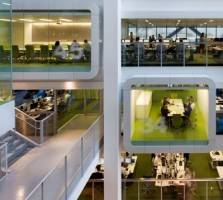
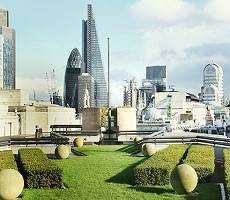














March 17, 2015
How facilities management brings organisational values to life. Or not
by Alan Williams • Comment, Environment, Facilities management, Workplace
(more…)